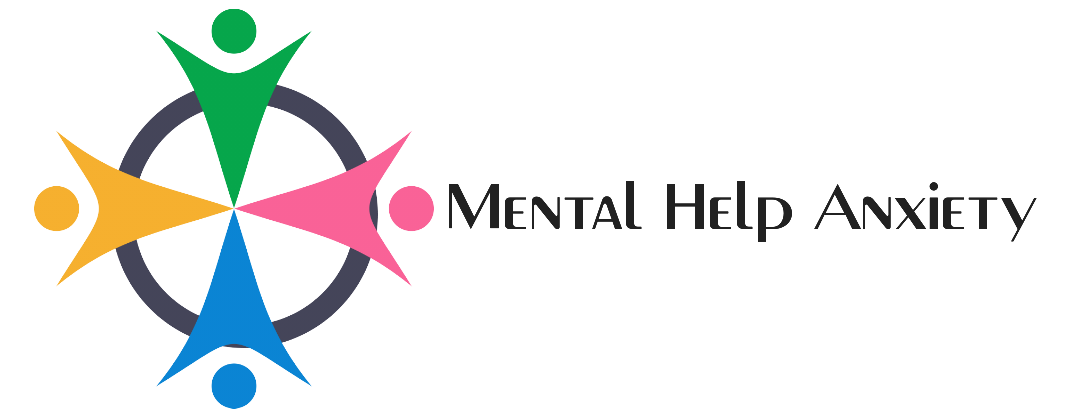Persistent Depressive Disorder (PDD), also known as dysthymia, is a chronic form of depression that is less severe than major depressive disorder but more enduring. This condition is characterized by a pervasive low mood lasting at least two years in adults or one year in children and adolescents. PDD can significantly impair an individual’s quality of life, affecting their emotional well-being, social interactions, and daily functioning. Understanding the nuances of PDD, its diagnosis, and treatment options is crucial for those affected and those supporting them.
Understanding Persistent Depressive Disorder
PDD manifests as a continuous feeling of sadness or a lack of interest in life. Individuals with PDD may describe their mood as consistently low or “down in the dumps.” Unlike major depressive episodes, which can be intense and episodic, the symptoms of PDD are milder but long-lasting. This chronic nature often leads to individuals accepting their symptoms as a regular part of their lives, sometimes delaying diagnosis and treatment.
The exact cause of PDD is not well understood, but it is believed to result from a combination of genetic, biological, environmental, and psychological factors. Family history of depression, brain chemistry, chronic stress, and traumatic life events can all contribute to the development of PDD. Additionally, certain personality traits, such as low self-esteem and a pessimistic outlook, may increase vulnerability to the disorder.
Symptoms and Diagnosis
The symptoms of PDD can vary in intensity and duration but typically include:
- Persistent sad, anxious, or “empty” mood
- Loss of interest in daily activities
- Feelings of hopelessness or pessimism
- Low self-esteem and self-criticism
- Difficulty concentrating or making decisions
- Fatigue or low-energy
- Changes in sleep patterns (insomnia or hypersomnia)
- Changes in appetite (overeating or loss of appetite)
- Social withdrawal
- Feelings of guilt or worthlessness
To be diagnosed with PDD, these symptoms must be present most of the day, more days than not, for at least two years in adults or one year in children and adolescents. Any symptom-free intervals should not last longer than two months during this period. A thorough evaluation by a mental health professional, including a detailed clinical interview and possibly standardized questionnaires, is essential for an accurate diagnosis.
The Impact of Persistent Depressive Disorder
The chronic nature of PDD can have a profound impact on an individual’s life. It often interferes with their ability to function at work, school, or in social settings. The persistent low mood can affect relationships, leading to social isolation and strained interactions with family and friends. The sense of hopelessness and low self-esteem commonly associated with PDD can hinder personal growth and the pursuit of goals, perpetuating a cycle of negativity and reduced motivation.
Moreover, individuals with PDD are at an increased risk of developing other mental health disorders, including major depressive disorder, anxiety disorders, and substance abuse. The constant emotional strain can also lead to physical health problems, such as chronic pain and gastrointestinal issues.Details About Melancholy
Treatment Options
Although PDD is a chronic condition, various treatment options can help manage symptoms and improve quality of life. The primary treatments for PDD include psychotherapy, medication, and lifestyle changes.
Psychotherapy: Cognitive-behavioral therapy (CBT) is particularly effective for PDD. CBT helps individuals identify and change negative thought patterns and behaviors contributing to their depression. Other therapeutic approaches, such as interpersonal therapy (IPT) and psychodynamic therapy, can also be beneficial in addressing underlying emotional issues and improving coping mechanisms.
Lifestyle Changes: Incorporating healthy lifestyle habits can significantly impact managing PDD. Regular physical activity, a balanced diet, adequate sleep, and stress management techniques (such as mindfulness and relaxation exercises) can help improve mood and overall well-being. Building a solid support network and engaging in social activities can also provide emotional support and reduce feelings of isolation.
Alternative Therapies: Some individuals find relief from PDD symptoms through alternative therapies such as acupuncture, yoga, and meditation. While these approaches may not replace conventional treatments, they can complement and contribute to overall mental health.
Challenges in Treating Persistent Depressive Disorder
Treating PDD can be challenging due to its chronic nature and the tendency for individuals to accept their symptoms as a normal part of life. It requires a long-term, comprehensive approach that may involve multiple treatment modalities. Adherence to treatment plans is crucial, and individuals must maintain regular therapy sessions, medication regimens, and lifestyle changes even when symptoms improve.
Additionally, stigma surrounding mental health issues can prevent individuals from seeking help. Education and awareness are essential to reduce this stigma and encourage those affected to pursue diagnosis and treatment. Support from family, friends, and mental health professionals can play a pivotal role in this process.
Conclusion
Persistent Depressive Disorder is a long-term mental health condition that can significantly impact an individual’s life. Understanding its symptoms, causes, and treatment options is crucial for managing the disorder effectively. Through a combination of psychotherapy, medication, lifestyle changes, and support, individuals with PDD can lead fulfilling lives. Early diagnosis and intervention, coupled with ongoing support and education, are vital in mitigating the effects of PDD and improving the overall well-being of those affected.



